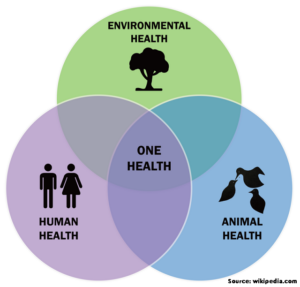One of the drivers of antibiotic resistance is the lack of new antibiotics in the pipeline. The large pharmaceutical companies are now concentrating on drugs for non-communicable diseases which are more profitable. This review has attempted to bring forward the most complete and up-to-date information on the current preclinical antibacterial pipeline across the globe. The strategies in the preclinical antibacterial pipeline are highly innovative and diverse when compared with the current global antibacterial clinical pipeline. The authors identified 407 highly diverse projects from 314 institutions. Almost 40% of the projects are focused on pathogen-specific approaches, which is remarkable. This in turn points to the future need for a highly developed rapid diagnostic infrastructure. But what is more concerning is 81% of the institutions conducting these projects are small and medium-sized enterprises with 90% of these institutions having less than fifty employees each. The great majority of the world’s preclinical antibacterial pipeline is in the hands of very small companies with very limited financial and human resources. The need for the continued flow of funds mostly in form of grants adds to the dilemma of the volatility of these institutions and thereby threatens the stability of the early pipeline.
To read the entire article, visit the website of Nature Reviews Microbiology [link]
The Global Preclinical Antibacterial Pipeline







